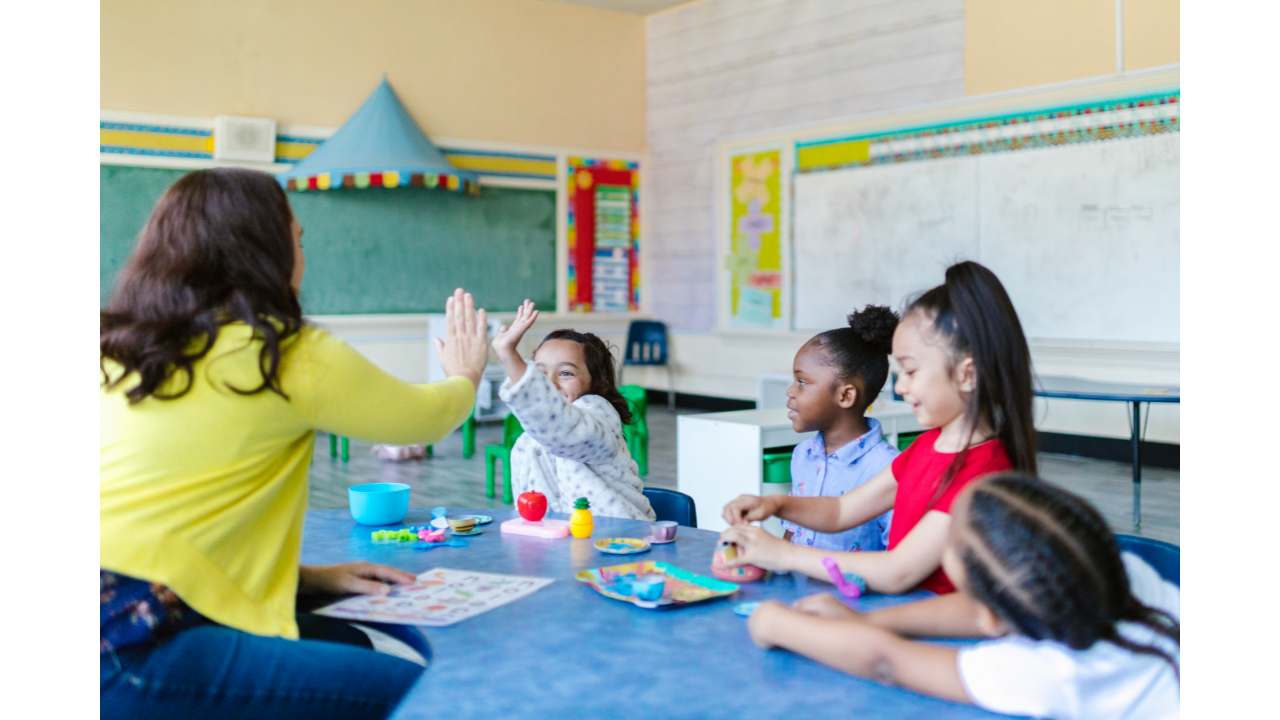10 Strategies for Building Resilience in Children: A Guide for Teachers

As an educator, you often focus on academic skills. But are you paying enough attention to emotional skills, like resilience? Picture this…
A young sapling, bending and swaying with the wind, yet never breaking. This is the metaphorical image of resilience we aim to cultivate in our students.
Resilience is the ability to bounce back from adversity, adapt to change, and keep going in the face of hardship. It is a crucial component of emotional intelligence and mental health.
The Role of Teachers in Fostering Resilience
Ever wondered about your part in this?
Teachers are more than mere conveyors of knowledge; they are mentors, guides, and nurturers of resilience. Their influence can shape a child's perspective on life and adversity, equipping them with the tools they need to navigate the stormy seas of life.
“Resilience is not a genetic trait. It is derived from the ways that children learn to think and act when faced with obstacles large and small.” writes Marilyn Price-Mitchell, a developmental psychologist and author. When teachers help students “cultivate an approach to life that views obstacles as a critical part of success, we help them develop resilience,” says Price-Mitchell.
Recognizing a lack of resilience is the first step. Look for patterns of behavior that suggest difficulty in dealing with stress, such as excessive worry, withdrawal, or aggression.
Remember, every child is a different book, and the reading process requires patience and empathy.
Ten Strategies for Building Resilience in Children
Now that we have established the 'what' and 'why,' let's delve into the 'how.' Here are ten effective strategies you can implement in your classroom to foster resilience:
1. Cultivate a Positive Classroom Environment
Think of your classroom as a garden. In a positive, nurturing environment, children flourish. Encourage open communication, mutual respect, and inclusivity.
This forms the foundation for resilient attitudes.
2. Foster Healthy Peer Relationships
Remember those awkward school dance memories? It wasn't just about the dance, was it? It was about building relationships. Similarly, fostering a sense of community and belonging can significantly impact a child's resilience.
3. Teach Problem-Solving Skills
Imagine a child facing a difficult math problem. Do they give up, or do they try different strategies until they find a solution?
Teaching problem-solving skills enables children to view challenges as solvable, rather than insurmountable obstacles.
4. Develop Emotional Intelligence
Resilience isn't about avoiding emotions but understanding and managing them. Teach your students to identify and express their feelings effectively. It’s like handing them a compass to navigate their emotional world.
5. Encourage Healthy Risk-Taking
Remember when you first rode a bicycle? That feeling of fear, mixed with excitement? That’s healthy risk-taking. It builds confidence, autonomy, and, you guessed it, resilience.
6. Foster a Growth Mindset
Think of the brain as a muscle that grows stronger with use. A growth mindset sees challenges as opportunities for learning and growth, rather than threats.
7. Promote Self-Care
Teach your students the importance of taking care of their physical, emotional, and mental well-being. Just like a car cannot run without fuel, our minds need self-care to be resilient.
8. Implement Mindfulness Practices
Mindfulness is like a magic wand that helps us stay present and engaged, rather than worrying about the past or future. Incorporate simple mindfulness exercises into your daily classroom routine.
9. Facilitate Mastery Experiences
Ever felt a sense of achievement when you finally mastered a difficult task? That's what we're aiming for. Mastery experiences boost self-esteem, reinforcing the belief in one's abilities.
Provide opportunities for students to explore their talents and interests, and celebrate their progress, however small.
10. Model Resilience
And finally, remember that children learn more from what you do than what you say. Model resilience in your own behavior. Show them how to deal with setbacks gracefully, adapt to changes, and maintain a positive outlook.
Building Resilience is A Journey, Not a Destination
Just as Rome wasn't built in a day, resilience isn't developed overnight. It's a continuous process, a journey that varies for each child. It requires patience, consistency, and faith in the child's potential.
Monitoring Progress
Keep an eye on the progress your students are making. Are they managing emotions better? Are they showing improved problem-solving skills? Remember, every little progress counts and deserves recognition.
Seeking Professional Help When Necessary
Sometimes, despite your best efforts, a child may need more support. Don't hesitate to seek help from school counselors, psychologists, or other mental health professionals. After all, it takes a village to raise a child.
Conclusion
Building resilience in children is akin to equipping them with a life vest for the tumultuous ocean of life.
As a teacher, your role extends beyond teaching algebra or history; you are shaping the future by molding resilient, emotionally intelligent individuals. With these strategies, you are not only teaching children to endure but also empowering them to thrive.
Remember, the sapling that withstands the storm grows to be the strongest tree in the forest. And isn't that what we want for our students?
So, let's roll up our sleeves and get to work, shall we? For our children are our future, and they deserve nothing but the best.
